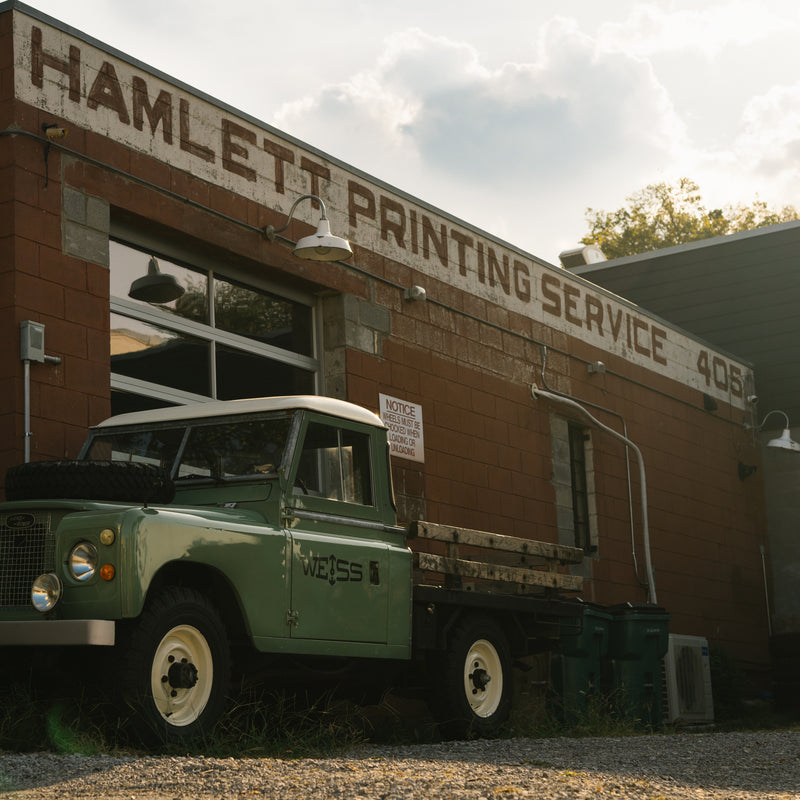Without magnification, I wouldn't be able to do my job. It's one of the most important tools a watchmaker has at their disposal. Everything I work on fits into a tiny little area on my workbench—an entire watch fits in a 1-inch square, and a single screw is smaller than a grain of rice. The only way we can accurately inspect and even make these components is by using magnification.
We have hundreds of tools in the workshop, but there's only one tool that is always on my head: my watchmaking loupe. I use this tool for everything, all day long, every day.
There are different types of loupes. Some are designed for working and have less magnification, allowing us to work a little further away from the watch. These loupes focus a bit further back, making it easier to manipulate parts and assemble them while still having a clear view.
Then there are loupes with higher magnification, like a 10x loupe, which I use for fine details like oiling the escapement of a watch. This loupe puts the watchmaker's face right up against the watch movement, allowing us to accurately place a tiny drop of lubricant exactly where it needs to be without it wicking away.
Some watchmakers hold the loupe in their eye socket, but I prefer to use a wire headband to keep the loupe in place over my eye. This way, I don't have to worry about it falling onto my work, and it's much more comfortable for me. There are also loupes designed for people with glasses that clip onto the lenses and can flip up and down, allowing those with corrective lenses to work effectively.
Another form of magnification comes from headgear, which includes two lenses so you can use both eyes. This type of magnification is beneficial for inspecting larger components, like during polishing, and allows for a normal posture while working. The lenses can be flipped up and down, and the magnification can be adjusted by switching out the lenses. Although not as common in watchmaking, headworn magnification is often used by engravers, polishers, and machinists.
A big part of working with a loupe is knowing which eye is dominant, just like having a dominant hand. Your dominant eye should be the one you wear your loupe over. To find out which eye is dominant, you can take a piece of paper with a small hole in it, hold it up to your face, and move it away while focusing through the hole. Someone else can observe which eye you favor. Typically, if you're right-handed, your dominant eye will be your left eye, and vice versa. This is important because it affects how you perceive depth, which is crucial when working with tiny watch parts.
When using a loupe, it's best to keep both eyes open. This allows you to switch focus between the loupe and the surrounding environment without straining your other eye. It also means you don't have to constantly take the loupe on and off.
The typical loupe that a watchmaker uses is called a 2 and a 2. This is the standard watchmaking loupe. For inspecting parts to ensure they are as perfect as possible, we use higher magnification loupes—10x or 20x. While nothing is perfect when magnified to 20 times, these inspection loupes help us ensure that everything is as perfect as it needs to be for the watch.
